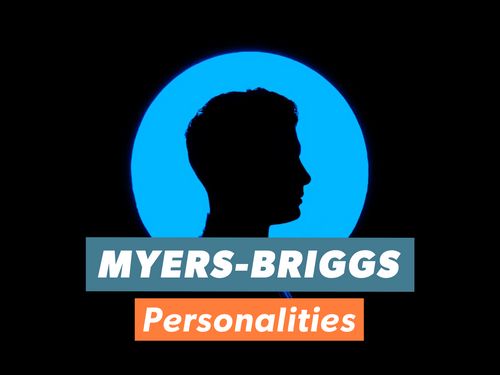What's the story behind Myers Briggs personality typing, and how does it work?
Mar 08, 2022 · 7 mins read
0
Share

How it began, what it is
The Myers Briggs Type Indicator (MBTI) test for gauging personality type has been around since the 1940s. It laid the foundations of the psychometric testing methods used today in hiring, marriage counseling and personal development.
Save
Share
The test’s origins are interesting. One Christmas vacation, Isabel Briggs brought home a boyfriend, Clarence Myers. Isabel's parents liked the young man, but her mother Katherine remarked that he seemed different to their family.
Save
Share
Katherine became interested in the idea of categorizing people according to personality type. By reading autobiographies, she developed a basic typology of “meditative types,” “spontaneous types,” “executive types” and “sociable types.”
Save
Share
Carl Jung's book Personality Types became the theoretical foundation for the Briggs family’s work, continued by Isabel (who after marrying became Isabel Briggs Myers).
Save
Share
Isabel never studied academic psychology, but a local banker taught her about statistics and personnel tests. She created the initial Type Indicator – now known as the MBTI - in 1944. She persuaded schools in Pennsylvania to get the test taken by thousands of students, and also by medical and nursing students.
Save
Share
A private educational testing firm heard about the Indicator and published it in 1957, but it only went into wide public use in the 1970s.
Save
Share
Isabel Briggs Myers’ book Gifts Differing: Understanding Personality Type (1980) is a great overview of the Briggs Myers system. A key point is that recognition and development of your type may be more important to success in life than IQ.
Save
Share
Isabel Briggs Myers saw personality type as being as innate as left- or right-handedness. Just as a leftie is asking for stress and misery if they pretend to be right-handed, going with your strengths massively increases the chances of fulfillment, happiness and productivity.
Save
Share
When you do the actual Briggs Myers test (consisting of yes or no questions) your personality preferences will be expressed in a four-letter code, for example 'ISTJ' or 'ESFP'.
Save
Share
Below is a summary of some of the different ways of perceiving, judging, thinking, and feeling according to Briggs Myers typology.
Save
Share
0